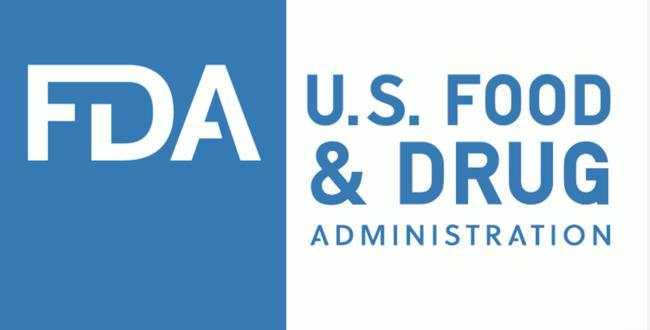Summary
At least 10 people in the U.S. have been sickened ina listeria outbreaklinked to ready-to-eat food products, and a producer is voluntarily recalling several products, federal officials said.
Source: Washington Examiner on MSN.com

AI News Q&A (Free Content)
Q1: What triggered the 2024 United States listeria outbreak, and which products were recalled as a result?
A1: The 2024 United States listeria outbreak was linked to deli meats produced by Boar's Head Provision Company at a plant in Greensville County, Virginia. The outbreak was first reported in July 2024, though cases dated back to May. In response, Boar's Head issued a recall for over 7 million pounds of meat products on July 30, 2024, after inspectors documented 69 regulatory violations at the plant, including unsanitary conditions such as black mold, mildew, insects, and foul odors.
Q2: What are the health risks associated with synthetic food ingredients and additives, according to recent scientific reviews?
A2: Recent scientific reviews highlight that synthetic food additives, including preservatives, synthetic colorants, and flavor enhancers, can exacerbate respiratory conditions such as asthma and chronic obstructive pulmonary disease (COPD). These additives contribute to oxidative stress, systemic inflammation, and immune dysregulation. Some, like sodium nitrite and sulfites, are linked to bronchial hyper-responsiveness and allergic reactions, while others, such as the colorant Ponceau 4R, have been associated with immune-mediated lung inflammation.
Q3: How do regulatory agencies address the safety of food ingredients in the United States?
A3: Regulatory agencies such as the United States Department of Agriculture (USDA) and the Food and Drug Administration (FDA) oversee the safety of food ingredients. These agencies set standards for manufacturing practices, inspect facilities for compliance, and can mandate recalls if products are found unsafe. In the 2024 listeria outbreak, regulatory inspections identified significant violations at the implicated facility, prompting the large-scale recall to protect public health.
Q4: What does recent research reveal about the detection of harmful substances, like mycotoxins, in food ingredients using advanced technologies?
A4: Recent studies show that machine learning (ML) techniques are increasingly used to detect mycotoxins—dangerous metabolites produced by fungi—in food ingredients. ML models, particularly convolutional neural networks, enable more efficient and scalable screening compared to traditional lab methods. However, challenges remain regarding reproducibility and transparency in ML applications, including the need for open data and clear reporting of model parameters.
Q5: What are the implications of synthetic and artificial ingredients for people with food allergies or sensitivities?
A5: People with food allergies or sensitivities may be at higher risk from synthetic and artificial food ingredients due to the potential for hidden allergens or immune reactions. Studies emphasize the importance of clear labeling and the use of digital tools, such as health shopping assistants, that help consumers identify and avoid unwanted ingredients. These technologies can scan ingredient lists and filter out allergens, providing safer options for affected individuals.
Q6: How can consumers identify safe food ingredients, and what alternatives to synthetic additives are recommended by researchers?
A6: Consumers can identify safe food ingredients by relying on clear labeling, regulatory guidance, and digital tools that analyze ingredient lists for potential risks. Researchers recommend replacing artificial additives with natural flavors and colors derived from fruits and vegetables, as well as using minimally processed ingredients. Such alternatives reduce health risks, especially for sensitive groups like children, pregnant women, and those with chronic conditions.
Q7: What recent scholarly advancements have been made in recommending ingredient substitutions for dietary restrictions and allergies?
A7: Recent scholarly surveys highlight the development of computational and AI-driven approaches for suggesting ingredient substitutions in recipes, accommodating dietary restrictions, allergies, and ingredient availability. These systems analyze the functionality, flavor, and health suitability of ingredients, making it easier to adapt recipes for individuals with specific needs, thereby improving dietary safety and inclusivity.
References:
- 2024 United States listeriosis outbreak, https://en.wikipedia.org/wiki/2024_United_States_listeriosis_outbreak
- Listeria, https://en.wikipedia.org/wiki/Listeria





